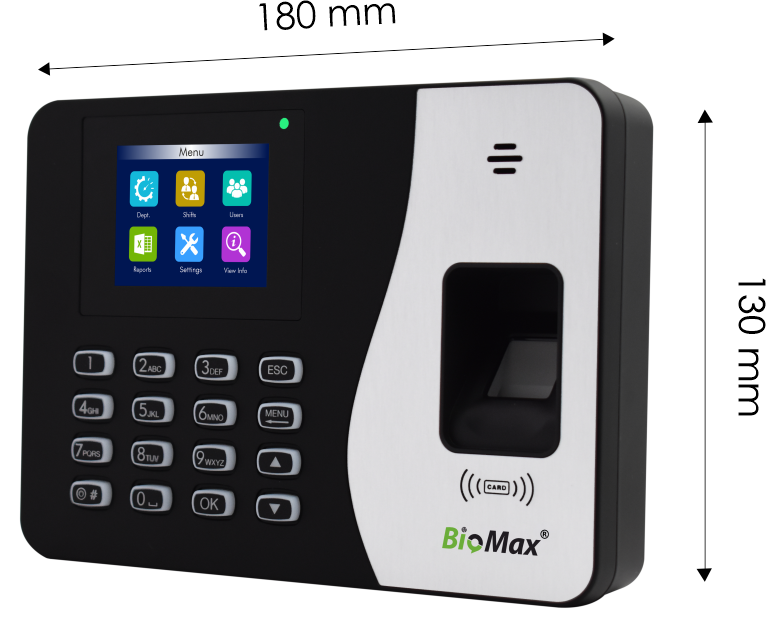

We have covered how to create icons for this display in a previous tutorial on this website. Thus the next thing is for us to initialize the icons that will be used and store their hex values in the program memory. To ensure the display looks nice, an icon was created. # define BLUE 0x001F # define RED 0xF800 # define GREEN 0x07E0 # define CYAN 0x07FF # define MAGENTA 0xF81F # define YELLOW 0xFFE0 # define WHITE 0xFFFF Then we make color definitions for the colors that will be used by the display. # include # include # include # include # include # include

As usual I will do a brief explanation of the code for the project and attach the complete code under the download section at the end of this tutorial.Īs usual, we start the code by including the libraries that we will be using. With the libraries downloaded and installed you can now proceed with the code. The libraries can be downloaded from the links below. One of the libraries is used to interface with the Finger print sensor while the other two libraries are required to use the TFT display for the project. To develop the code sketch for this project, we will be using three main Arduino libraries which are listed below. It’s time to finally write the Arduino sketch for the project. Ensure you make use of the pin mapping shown above if you are making use of the display used in the video NOTE: The 1.44’ TFT display used in the schematic above is quite different from the one used in the video tutorial. To make the connection easier to follow, it is further described below. Fritzing didnt have the exact fingerprint sensor Wanted, hence the makeshift representation for the sensor.

As mentioned earlier, the fingerprint sensor communicates with the microcontroller over serial communication so we only need connect two wires from the sensor to the microcontroller asides from power and ground. The following parts/components are required to build this project and they can be bought via the link in front of each component.Ĭonnect the parts as shown in the circuit diagram below.

It is a useful and fun project and you will learn enough to build your own door security system. The project will display a welcome message on the LCD when the correct finger is placed and display a locked message when there is no fingerprint match. The Concept behind the project is simple, we want to build a security system that unlocks only when a registered fingerprint is placed on the sensor. We will be using the sensor along with an Arduino Uno and a 1.44 inch colored TFT display. In order to demonstrate a simple use of the sensor, we will be building a simple project with it.


 0 kommentar(er)
0 kommentar(er)
